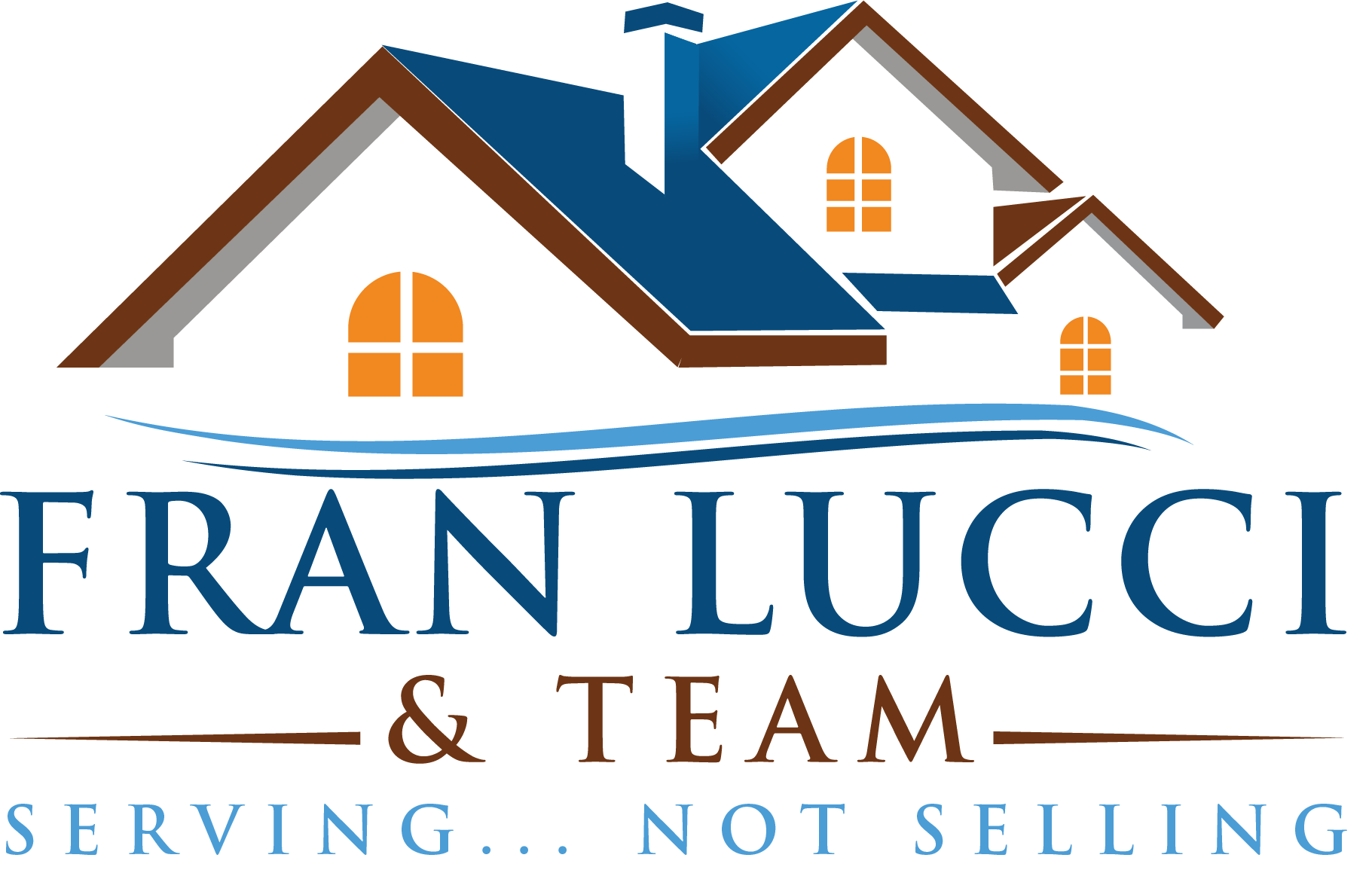Buying a home is a significant investment, and if you’re considering a property in a flood zone, it’s crucial to be aware of the potential risks.
While living in these areas can be managed safely with proper precautions, there are certain red flags you should be mindful of to protect your investment and ensure your safety. Here’s what to avoid when house hunting in flood-prone areas.
-
Lack of Proper Flood History Disclosure
Incomplete or Missing Information
- A major red flag is if the seller or real estate agent fails to provide a full flood history of the property. Any hesitance or lack of documentation about past flooding incidents could indicate problems that you may not want to inherit.
Minimizing the Severity of Past Flooding
- Be cautious if the severity of past flooding is downplayed. It’s essential to get a clear and honest account of any flood events, including the frequency and extent of water damage.
-
Visible Signs of Water Damage
Stains, Mold, and Mildew
- Look for signs of water damage, such as stains on walls or ceilings, musty odors, or the presence of mold and mildew. These are indicators that the property has experienced flooding in the past and that moisture issues may still exist.
Warped Floors or Walls
- Warped or buckling floors and walls can signal previous water intrusion. These issues not only indicate past flooding but also suggest potential structural damage that could be costly to repair.
-
Inadequate Drainage and Grading
Poor Yard Drainage
- A property with poor drainage is more likely to experience flooding. Pay attention to standing water in the yard after rain, which could indicate that the ground doesn’t drain well.
Improper Grading
- The grading of the land around the home should slope away from the foundation to prevent water from pooling near the house. Improper grading can lead to water seeping into the foundation or basement, increasing the risk of flooding.
-
Nearby Bodies of Water and Inadequate Flood Control Infrastructure
Proximity to Rivers, Lakes, or Oceans
- While waterfront properties can be appealing, their proximity to water bodies increases flood risk. Assess how close the property is to rivers, lakes, or oceans, and consider how seasonal changes might affect flood potential.
Lack of Nearby Flood Control Systems
- Check if the area has sufficient flood control infrastructure, such as levees, dams, or drainage systems. A lack of these systems is a red flag that the property may be more vulnerable to flooding during heavy rainfall.
-
No Recent Upgrades or Floodproofing
Outdated Construction
- Homes that haven’t been updated or fortified against flooding are at greater risk. Look for properties that have been retrofitted with floodproofing measures like elevated foundations, flood vents, or water-resistant materials.
No Evidence of Recent Improvements
- If the home is located in a flood zone but hasn’t undergone recent upgrades to mitigate flood risk, this could be a significant red flag. Flood zones are often subject to new regulations, and a lack of compliance can be concerning.
-
Previous Flood Zone Reclassifications
Recent Inclusion in a Flood Zone
- If the property was recently reclassified into a flood zone, it’s important to understand why. Sometimes areas are reclassified due to changes in local infrastructure or updated flood mapping, which could indicate an increased risk.
Overlooked Flood Zone Status
- In some cases, a property’s flood zone status might not be well-documented in listings. Always verify the property’s flood zone status through official channels like FEMA’s Flood Map Service Center.
When house hunting in flood-prone areas, it’s crucial to be vigilant and informed. By recognizing these red flags, you can make a more educated decision and avoid the pitfalls of purchasing a property with hidden risks. Remember, while buying a home in a flood zone comes with challenges, taking the right precautions can help you protect your investment and ensure your peace of mind.
